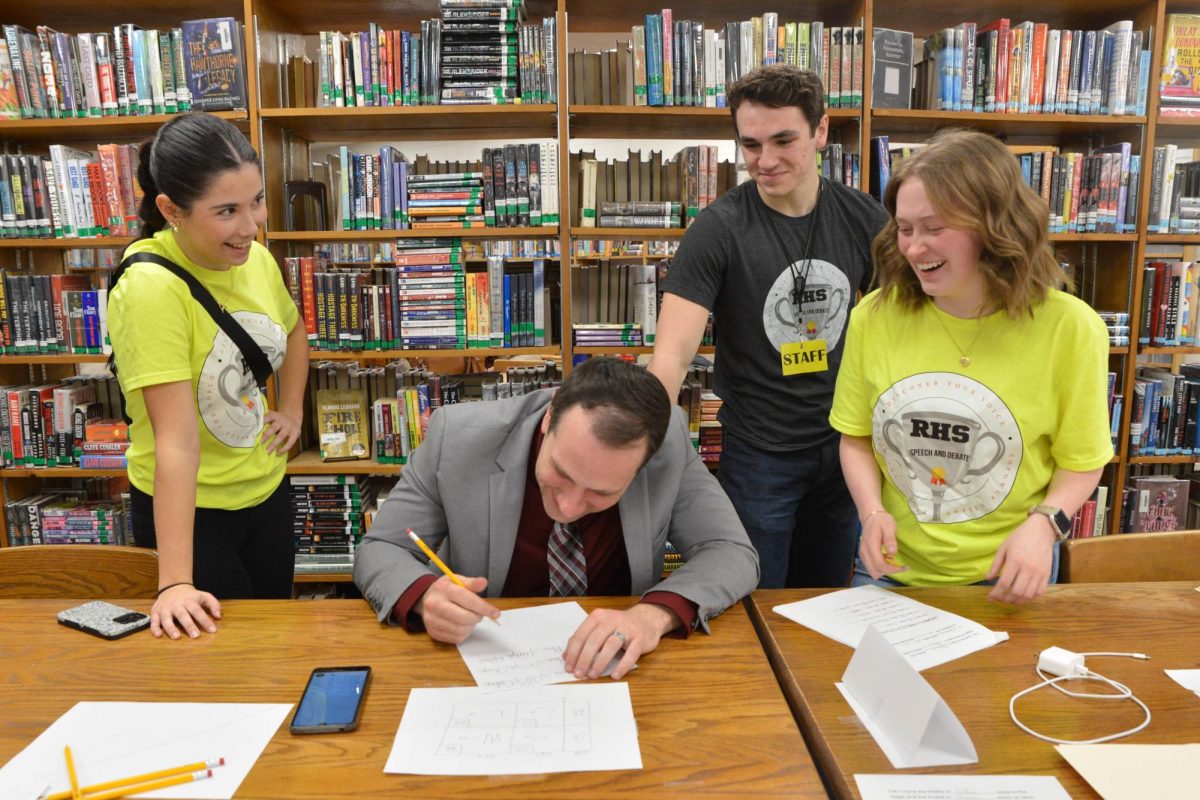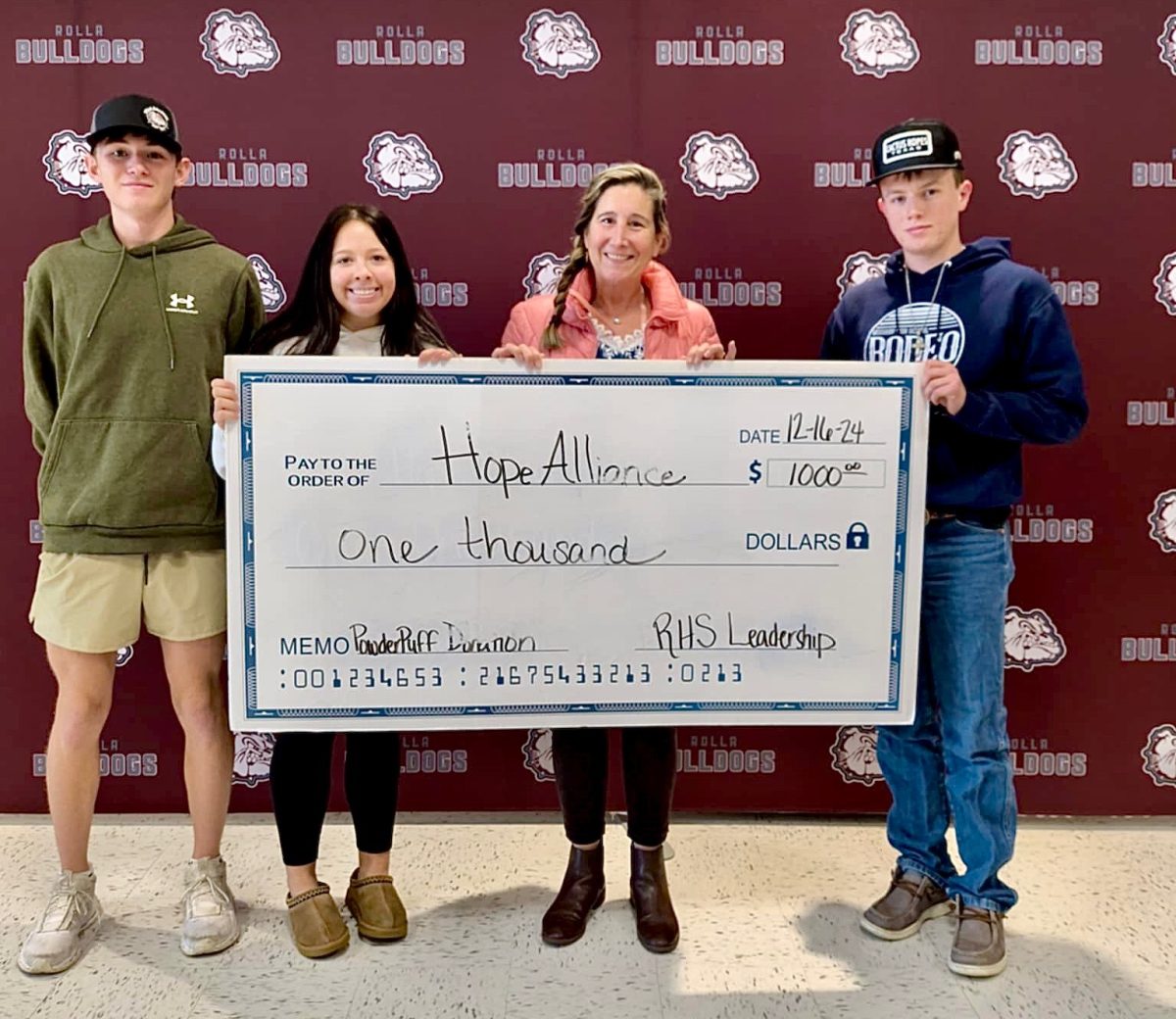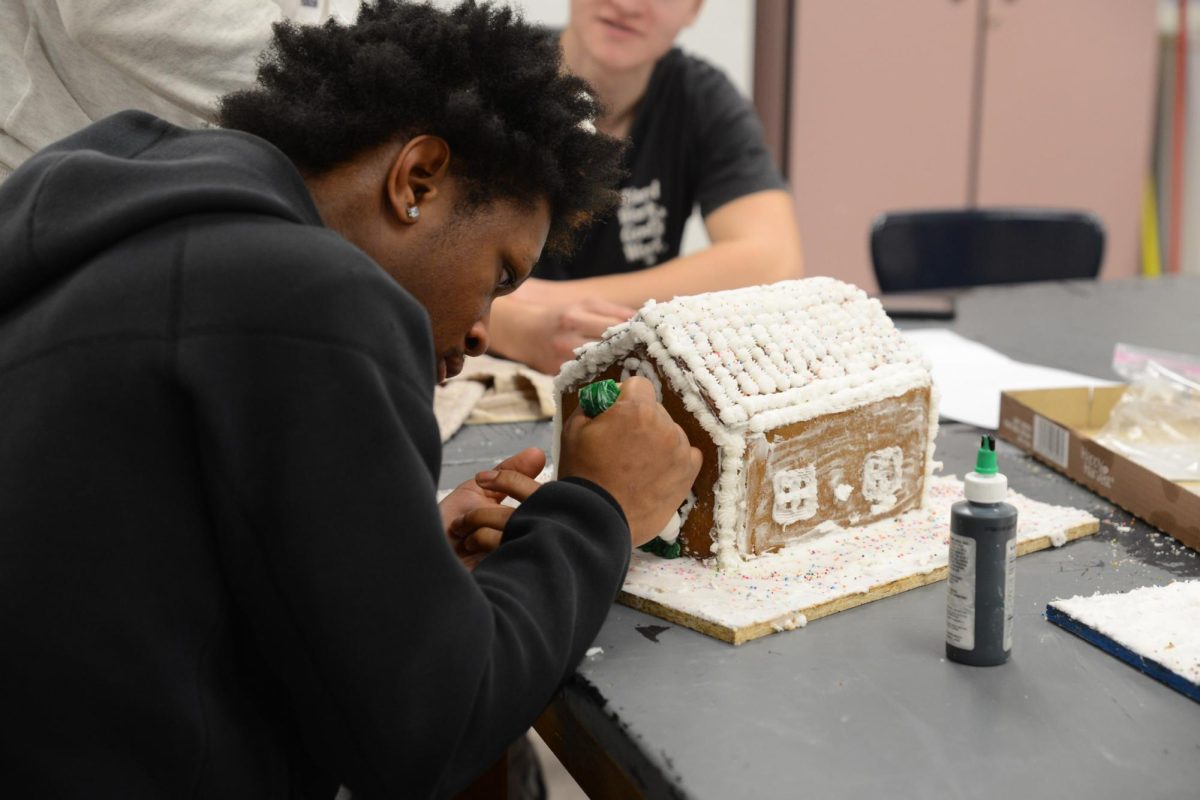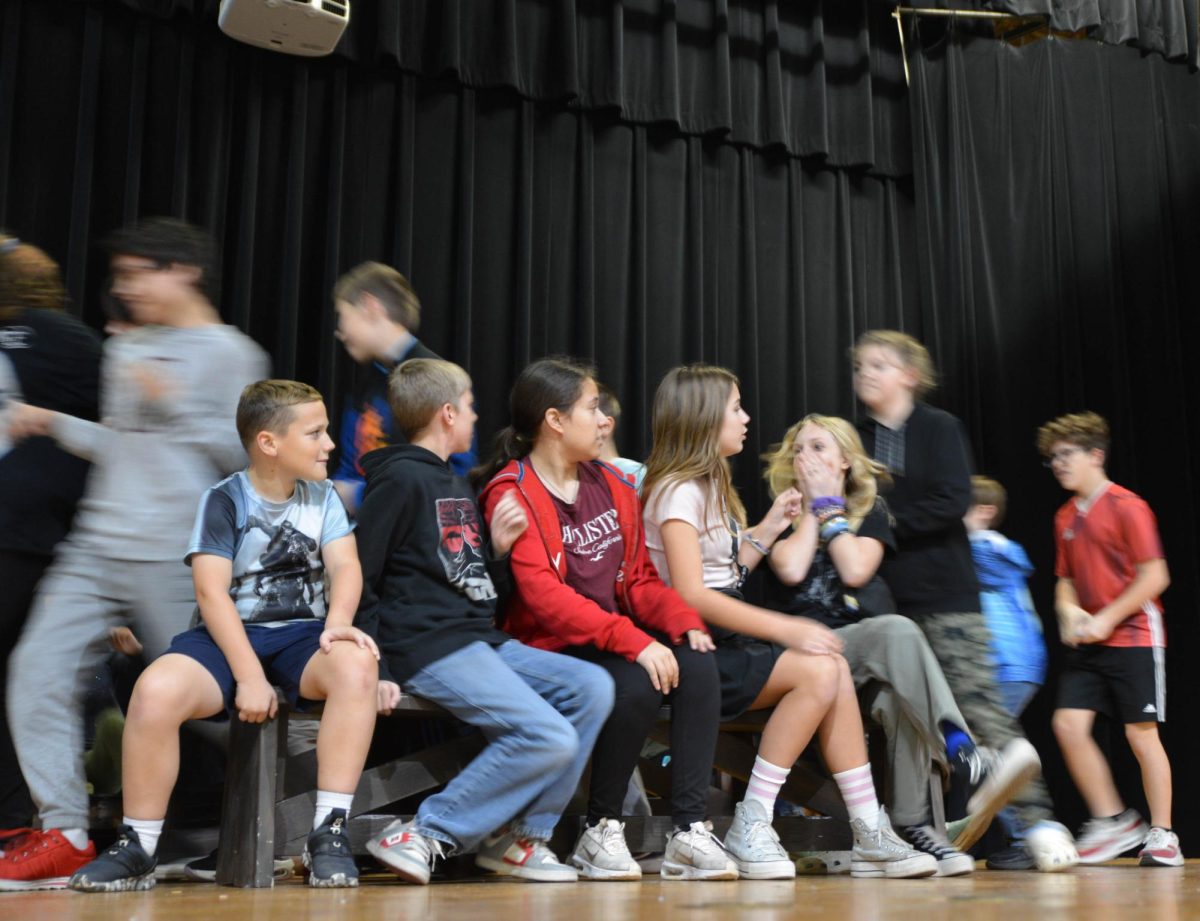On Aug. 23, 2011, Washington, D.C. was hit with an earthquake of 5.8 magnitude. Virginia has not been hit with an earthquake in over 100 years. As an update to the New Madrid Seismic Zone article in last March’s edition of Echo, Major Lori Sessano of the National Guard, who is currently working toward her PhD in Emergency Readiness offered us a firsthand experience of the earthquake in D.C., and tips on how to be prepared when disaster strikes.
“I was about fifty feet underground in the Pentagon Library Conference Center [when the earthquake hit]. At the onset of the earthquake, there was light shaking for about 20 seconds. Then, the conference center began to shake vigorously. The ceiling was falling and it sounded as if the building was crumbling. I jumped out of my seat and shouted, ‘It’s an earthquake!’ and ran out of the conference room and hugged a support beam until the shaking stopped,” Sessano said.
Unlike Maj. Sessano, others in the D.C. area panicked, displaying unpreparedness.
“People evacuated buildings without car or house keys, cell phones, and money. Many people were unable to reenter buildings for hours. People with vehicles parked in government garages were refused entry to get their vehicles until buildings were inspected for damage. With that, if the evacuees maintained positive control of their house keys and money upon evacuation, people still could have taken public transportation or car pool to get home,” Sessano said.
Some may be lead to believe this shows a lack of efficiency on earthquake policies throughout America, but Maj. Sessano has a different opinion.
“Enforcing governmental policies on natural disasters does not make a person safe. What makes the public safe is awareness, public safety messages, education, and cognizance. The government can’t save the public from a natural disaster, they can only mitigate the loss of life and property after the fact,” Sessano said.
Seeing as D.C. is a city and is highly populated, traffic always poses a problem in events like these.
“Because I live in the Washington, D.C. area, one precaution I take is to ensure that the gas tank in my vehicle does not go below half a tank. Traffic in the city can be grid lock for hours and people only think of filling up in an emergency, my gas tanks are always full,” Sessano said.
“After the earthquake, people were in such a rush to get out of D.C., and did not have enough gas to get home. Therefore, some vehicles were abandoned. D.C. roads do not have merge areas or space wide enough to accommodate abandoned vehicles. It further clogs traffic and blocks entire lanes. My own precaution ensures in an emergency or catastrophic event, I can get out of town without worry of fueling up.”
If there’s anything to be learned from the D.C. quake, is you can never too prepared for the unexpected.
“The public needs to educate themselves on the preparation and consequences of natural disasters. Each person should prepare a bug-out-bag: an individual bag that contains at least three days of essential sustenance until help arrives. Choices must be non-perishable items: canned food (with can opener), protein bars, bottled water, essential medications, a nice first-aid kit that can be purchased at Wal-Mart for $10, a second set of house keys should be left in an inconspicuous site at your home. Build a cash supply of small bills (one’s, five’s, and ten’s, nothing bigger). This bug-out-bag is essential for each and every natural disaster and can be useful in a manmade disaster,” Sessano said.
“One thing to be noted, phone calls did not work because of usage overload, however, text messaging and internet based application worked.”








